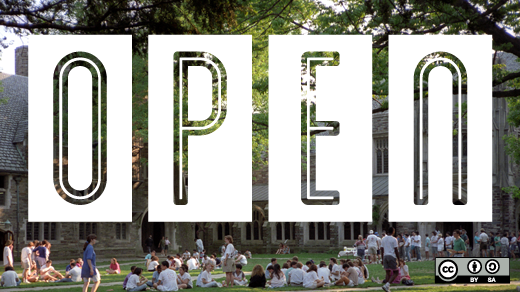In the fall of 2010, I asked the biology class I teach at Western Carolina University for volunteers to help map the campus. Three years later, dozens of students have participated in learning how to use aerial photography and cartography techniques created by Public Lab.
I had no idea that such a simple question like, "Who wants to help make a map of campus?," could lead to mapping excursions to the South Carolina coast and local cemeteries, and eventually land the students work with Google Maps.
Collecting images for maps is fun for students because most enjoy being the center of attention: walking across campus with a 6 ft diameter red balloon accomplishes just that. We use cheap cameras with the shutter held down by rubber bands and duct tape to take pictures continuously. The balloon and camera pair are lofted into the air and then we take a leisurely stroll around campus avoiding trees, power lines, and buildings.
Over the years, several students have become more involved in the project. Standout cartographer Rachel Phipps used Adobe Photoshop to sort through thousands of photos to build the core of the campus map (still being used on Google Maps). Then, in 2011, Kaitlyn Reda added the University library to the map using MapKnitter—an open source tool developed by Public Lab (on GitHub). She calls it "simple and straight forward."
Proprietary map making software is complex and expensive, so in 2009 MIT graduate student Jeff Warren and his friends sought to create an open source solution. The early software was called Cartagen Knitter, and it allowed users to make maps for free with only an Internet connection. Today, after many coding hours, volunteer programmers, and staff hours, MapKnitter allows individuals to add their own aerial images and annotate maps. Last year, the pedestrian center of campus (under construction in 2010) was photographed and will be added to the larger campus map using MapKnitter.
Campuses around the country seem to be perpetually under construction and ours in no exception. Western Carolina University recently hired HEWV, a Virginia based architecture firm, to develop a master plan for construction and used several of our images and mosaics in their presentation to the campus community. Typically, the firm hires aerial photographers at great cost when they need images, so the low-cost images our team provided were a fresh and welcome perspective. Designer Ashley LeFew said, "It’s great to have student involvement on something like this. Usually clients don’t provide aerial photographs of their own site."
This fall, as new students and volunteers for the project stream in, I hope to photograph our new 160,000 square foot LEED Silver certified Health and Human Sciences building using the same low cost techniques. I look forward to explaining the project to my new class and showing them pictures from last semester's work (and fun!). The reactions are always the same as hands shoot into the air: Cool! How can I help?








4 Comments